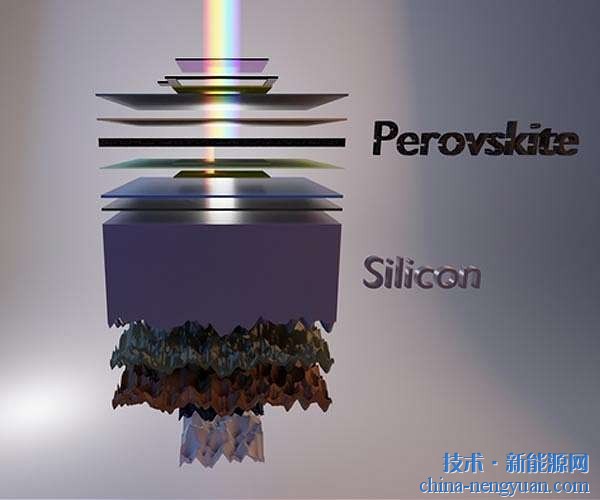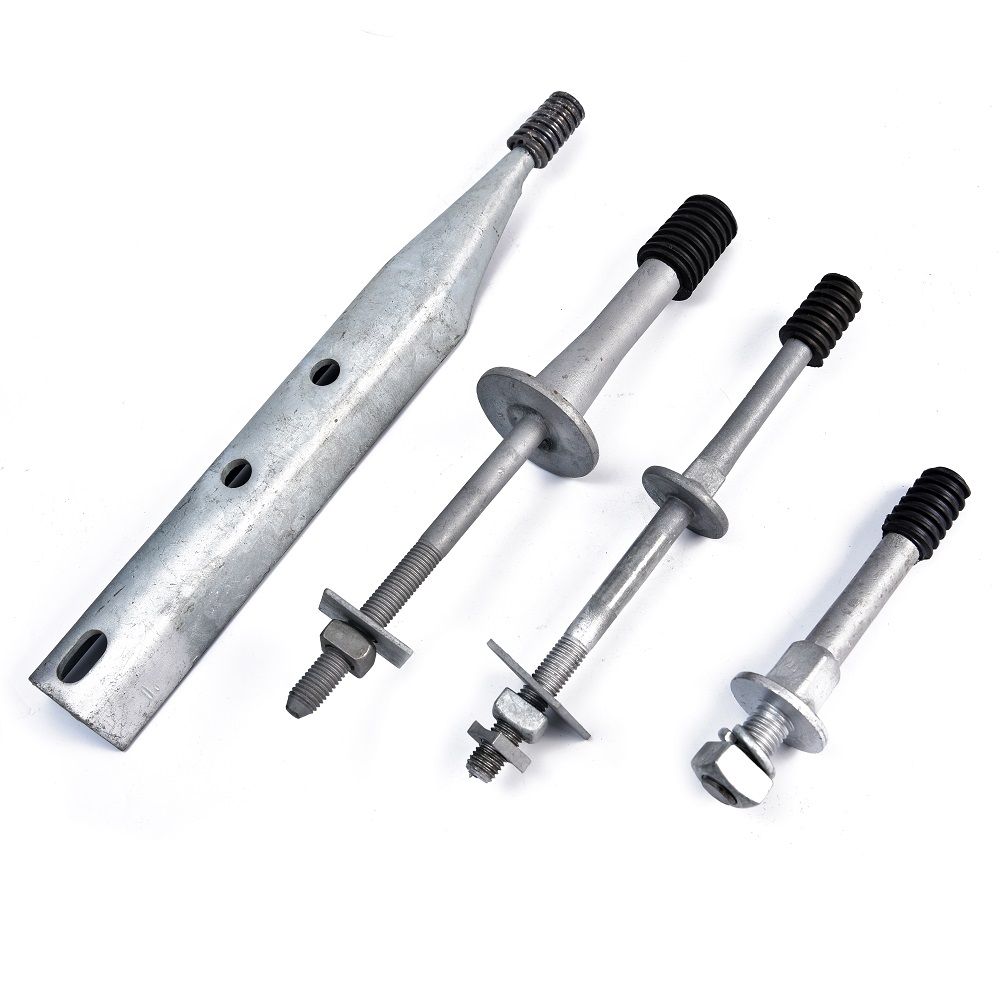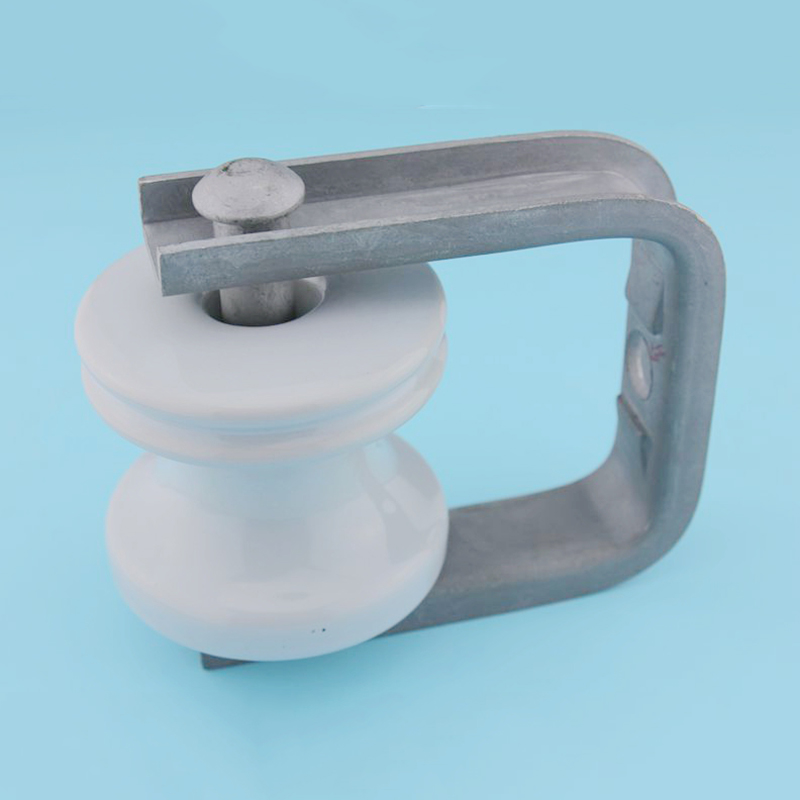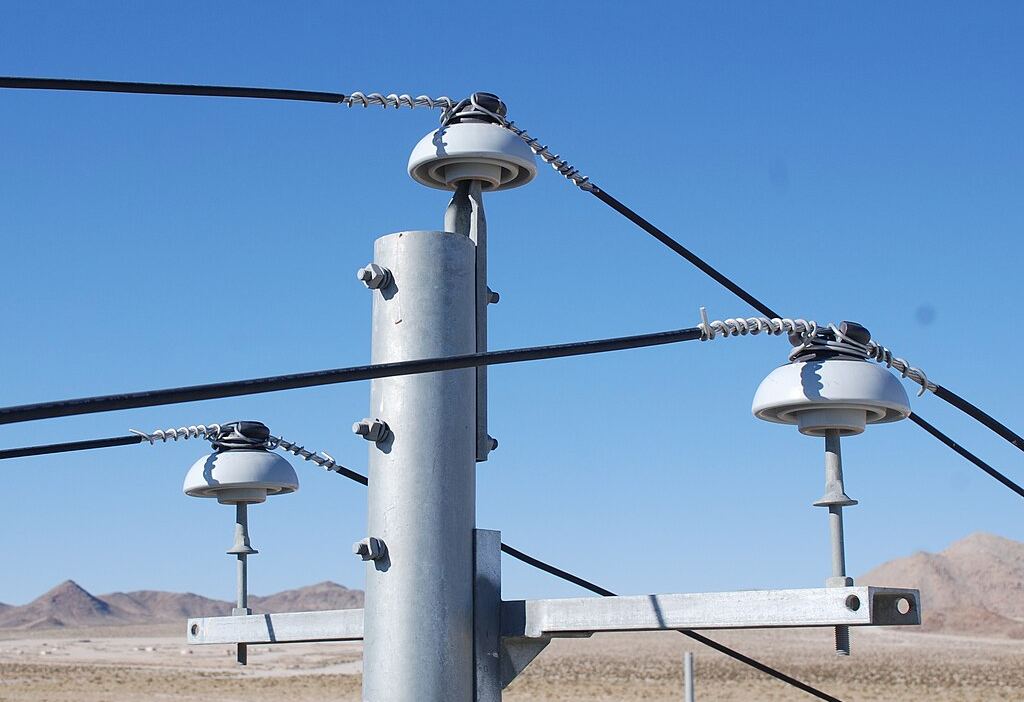 |
Australia’s Great Barrier Reef has been impacted by ocean warming and acidification
A groundbreaking technology developed by U.S. scientists may offer a new approach to tackling climate change and its effects on marine ecosystems. Researchers at the Lawrence Livermore National Laboratory have created a method that captures and stores carbon dioxide from the air, while also helping to reduce ocean acidification.
The process involves using seawater electrolysis to produce acid, which in turn accelerates the breakdown of silicate minerals. This reaction generates hydrogen fuel and other gases, while also increasing the hydroxide concentration in the solution. This alkaline solution is highly effective at absorbing and retaining carbon dioxide.
Moreover, the carbonates and bicarbonates formed during the process can be used to neutralize ocean acidity, similar to how Alka Seltzer works in the stomach. This could provide a promising solution to combat the growing problem of ocean acidification, which threatens coral reefs and marine life.
Lead researcher Greg Rao emphasized the dual benefits of the technology: "Not only do we have a way to remove and store carbon dioxide from the atmosphere, but we also generate valuable hydrogen fuel. We believe this innovation could play a key role in protecting our oceans." The findings were recently published in the Proceedings of the National Academy of Sciences.
As carbon dioxide emissions continue to rise, a large portion is absorbed by the oceans, forming carbonic acid and increasing seawater acidity. This poses a serious threat to marine biodiversity, especially corals and shellfish. Scientists predict that by mid-century, ocean acidity could increase by over 60% compared to pre-industrial levels. By injecting the alkaline solution produced by this new method into the ocean, it could help counteract this harmful trend and support the survival of marine ecosystems. (Shang Li)
(Word count: 524)Insulator Hardware
Insulator hardware for Poleline Hardware refers to the components used to support and insulate electrical conductors on utility poles. Some common insulator hardware used in poleline installations include:
1. Insulators: Insulators are typically made of porcelain, glass, or polymer materials and are used to prevent electrical current from flowing through the pole or other grounded structures. They provide electrical insulation and mechanical support for the conductors.
2. Insulator pins: Insulator pins are used to secure the insulators to the crossarms or other supporting structures. They are usually made of steel or other durable materials and come in various designs to accommodate different types of insulators.
3. Insulator Clevis: Insulator clevis are comprised of multiple insulators connected in series to provide the required electrical insulation for the voltage carried by the conductors. The number and arrangement of insulators in a string depend on the system voltage and other factors.
4. Suspension hardware: Suspension hardware includes various components such as suspension clamps, suspension insulators, and suspension links. These are used to support the weight of the conductors and insulators, ensuring proper tension and alignment.

5. Strain hardware: Strain hardware is used to absorb and distribute the mechanical forces exerted on the conductors due to wind, ice, or other external factors. It includes components such as strain insulators, strain clamps, and dead-end fittings.
6. Crossarm braces: Crossarm braces are used to provide additional support and stability to the crossarms, which hold the insulator strings. They are typically made of steel or other sturdy materials and help to prevent sagging or swaying of the conductors.
Yokelink Insulator Hardware are mainly used in transmission lines. It is used to connect crossarms, thereby joining the crossarms. By joining crossarms together, they are made stronger and more resistant to vibration.They are attached in cross arms of overhead transmission lines for supporting and connecting the crossarms by means other than welding. They join two crossarms or a cross arm with an insulator mounted on it. It is also put into one crossarm for joining cross arms together.
The Insulator cross arm pins have three parts – the crossarm pin base, a crossarm pin body, and the crossarm pinhead. The cross-arm pin base is fitted in an opening of a cross arm.The cross-arm pin body connects the cross arm with another cross arm or a crossarm insulator. The crossarm pinhead is placed on the top end of the cross-arm pin body and holds it into position so that it cannot move outwards.

Insulator Clevis, Post Studs, Pole Top, Forged Pin, Insulator, porcelain, Deadend,pole,Insulators,Hot dip galvanized,guy,clevises
Ningbo Yokelink Machinery Co.,Limited , https://www.yokelink.com
